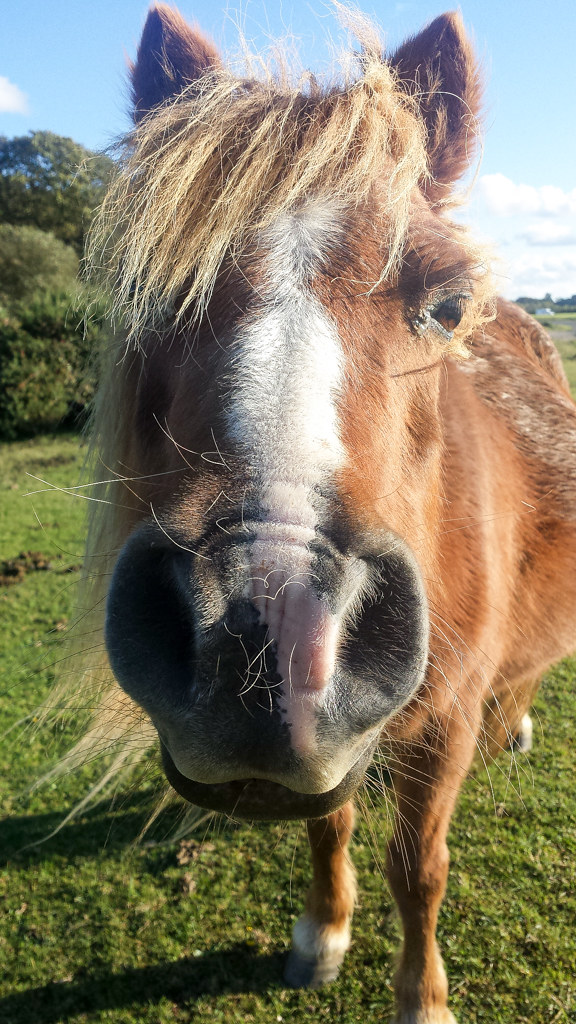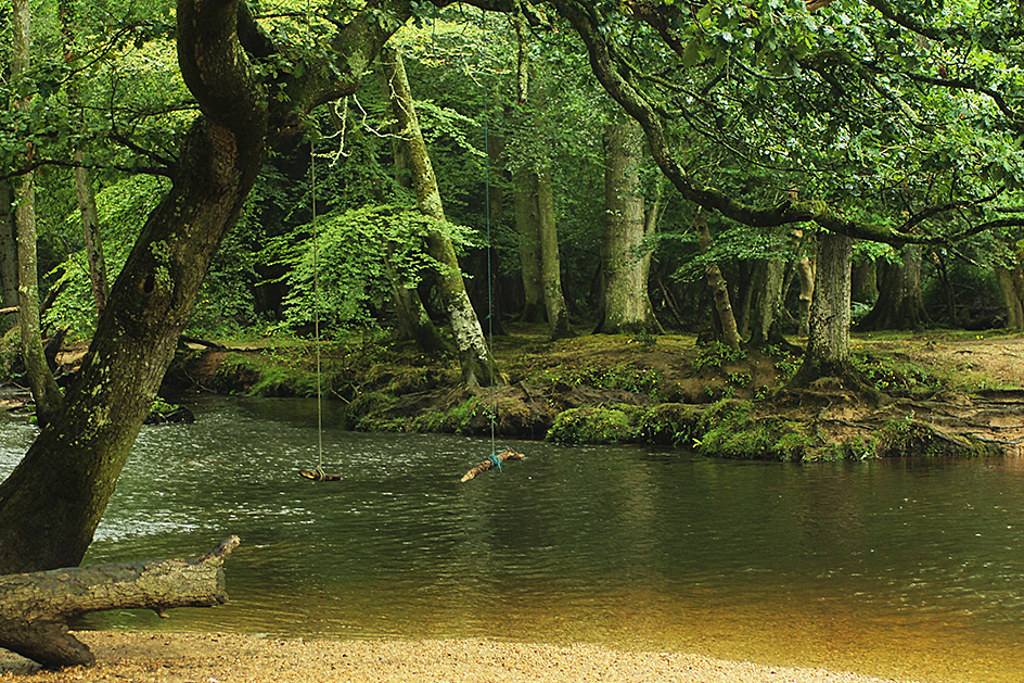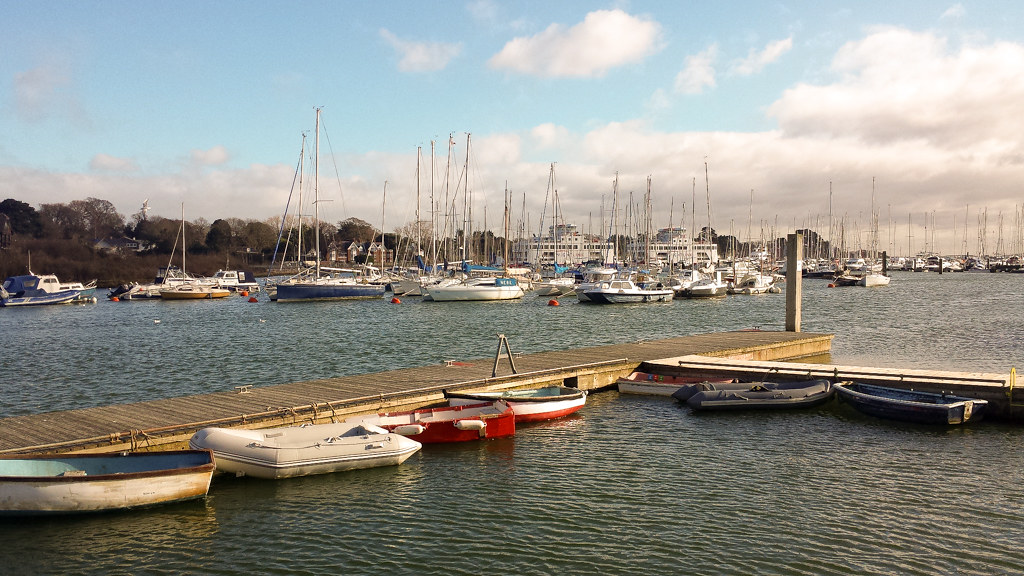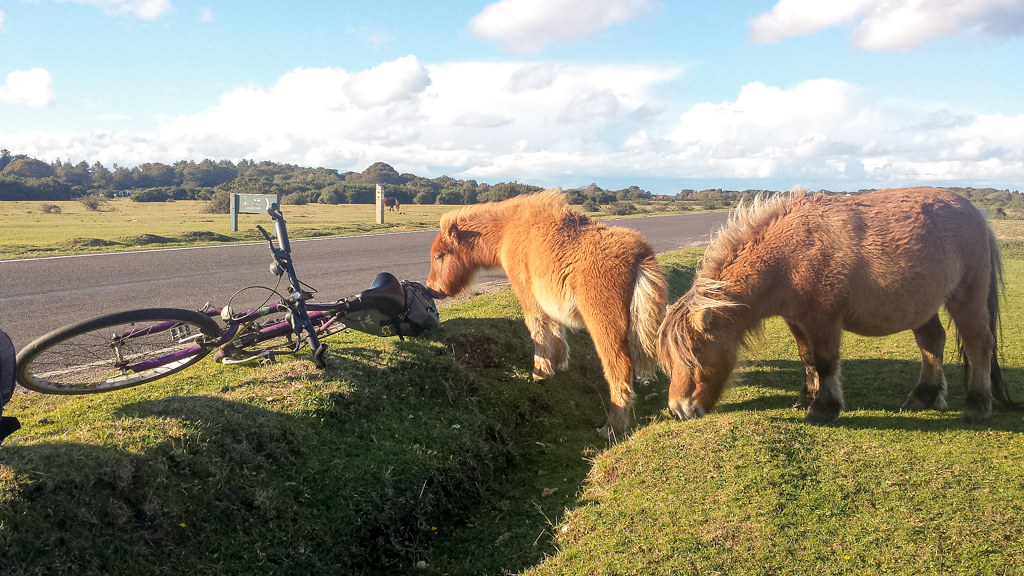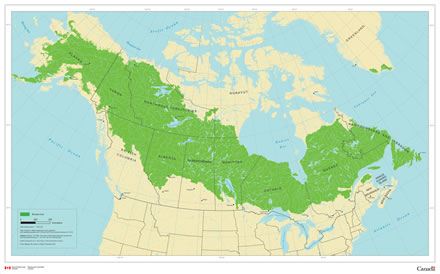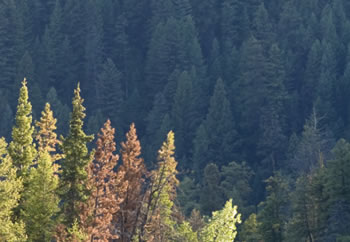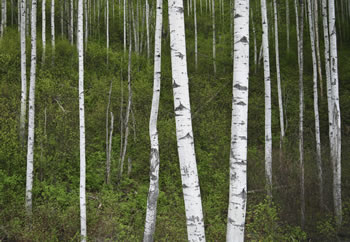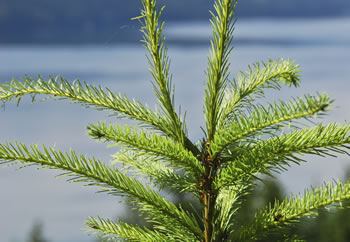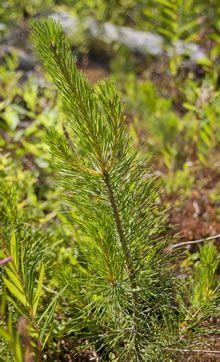Author
by Clare Duffy

https://www.opb.org/radio/programs/thinkoutloud/segment/portland-oregon-forest-park-cycling-mountain-bike-trails/
by Clare Duffy

Tucked into the northwest corner of Portland, the Wildwood Trail weaves for more than 30 miles through Forest Park.
Bradley W. Parks/OPB
Mountain biking enthusiasts in Portland may soon have more places to ride within the city, thanks to the new Off-Road Cycling Master Plan.
The goal of the plan is to provide more off-roading experiences for bicyclists within the city – including trail networks in parks and stunt tracks. But the most contentious part of the plan is the proposal to add additional areas for bikers inside Forest Park.
During a “Think Out Loud” segment on the plan earlier this week, Forest Park bikers and hikers alike called the show to weigh in on the proposal.
“I wholeheartedly support this off-road cycling master process,” a caller named Spencer said. “I live in town and I like to ride all over town and it’s incredibly frustrating to me to have to drive over an hour to go mountain biking when we have natural spaces in the city that we don’t have access to. Conservation and the act of mountain biking aren’t mutually exclusive, nor is safety and mountain biking.”
Evan Smith, senior vice president at the Conservation Fund and a member of the Off-Road Cycling Master Plan Project Advisory Committee, said this kind of sentiment is one of the driving forces behind the plan. A cyclist himself, Smith says he hopes to see more places to ride in an environment surrounded by nature – instead of cars – within city limits.
“As someone that was recently hit by a car while on a neighborhood greenway bike path and as a parent, I really see the desire to get kids a safe bicycling experience,” Smith said. “That’s something that a lot of people in the city, and certainly in East Portland, don’t have access to right now.”
The citywide plan would consist largely of shared-use trails for bikers, runners and hikers, according to Bureau of Planning and Sustainability Program Coordinator Michelle Kunec-North. She said the bureau is hoping to provide opportunities for a variety of recreational activities, though some hikers have expressed concern for their safety if bikers are allowed in Forest Park.
Listener Angela Lindbo wrote in to the show: “Riverview Natural Area and Powell Butte were once favorite spots to jog but their bike-damaged trails and the possibility of a fast moving bike collision have left me feeling too unsafe to enjoy.”
Current land use law requires that, in Forest Park, shared-use trails be at least 8 feet wide, restricting bikers to about 30 of the 80 miles of trails in the park.
But Smith feels not all 30 miles are currently fit for biking. He says many of them are wide fire roads, roads that are too steep and not at all suited for biking.
Wildlife biologist Marcy Houle, who has written a book about Forest Park, says there’s a real risk to flora and fauna if biking is allowed in more areas of the park. While the Bureau of Planning and Sustainability says certain trails would be maintained solely for those on foot and other areas of Forest Park would be restricted from any recreational use. Houle said additional research needs to be done before any kind of new use is allowed.
“There’s more interior forest habitat than in any city park, not just in Oregon, not just in the United States, but in the world. These things are highly vulnerable conditions and for them to last will take great management,” Houle said.
For now, the city is seeking additional input on the plan through several community meetings. The next event is this Saturday at the New Columbia Bicycle Skills Park from 1-4 p.m.
For further information log on website :https://www.opb.org/radio/programs/thinkoutloud/segment/portland-oregon-forest-park-cycling-mountain-bike-trails/



